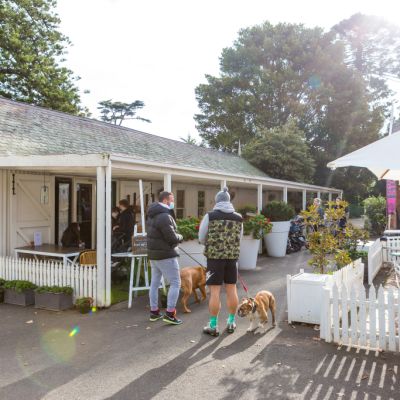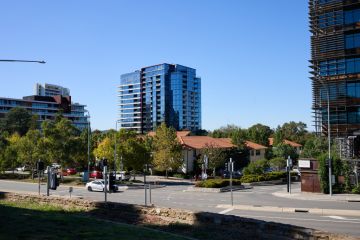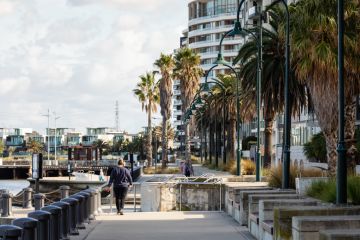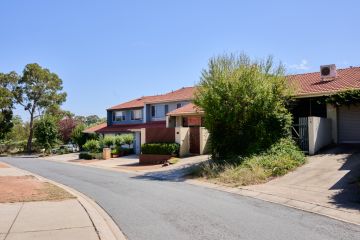The people's gardens: Melburnians remember 175 years of the Royal Botanic Gardens
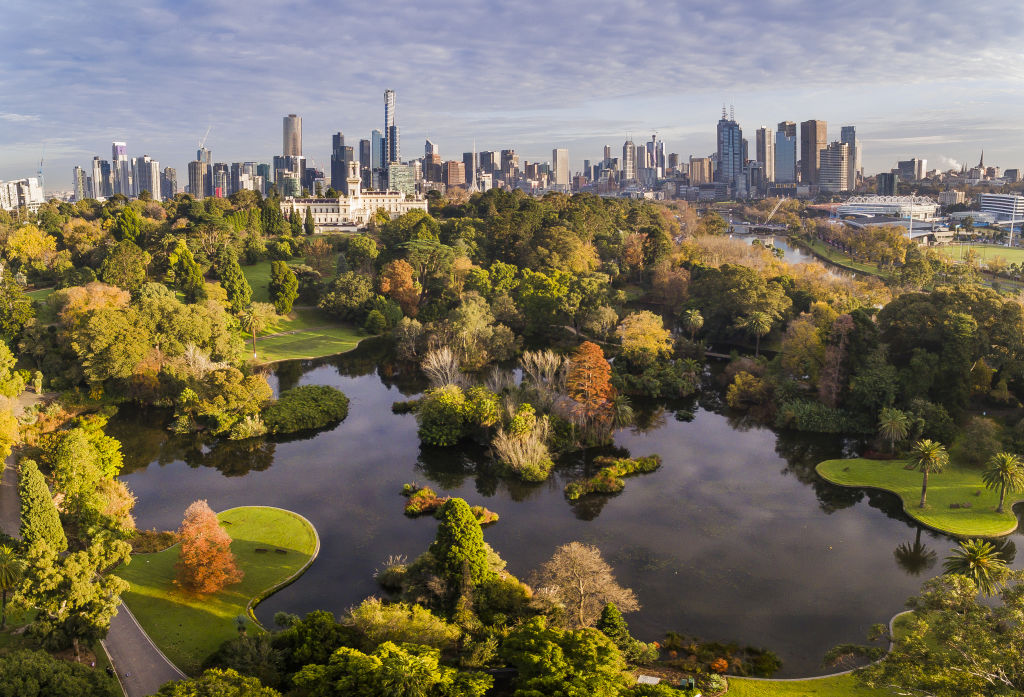
Stop any Melburnian on the street, and chances are they have a story to share about time spent at the Royal Botanic Gardens.
For 175 years, under its lush canopy of heritage trees, the community has celebrated milestones, mourned loved ones, sought solace, satisfied curiosity and enjoyed music and theatre.
“It doesn’t matter if you’re a scientist or whether you love nature, or you’re just coming to read a book, the botanic gardens can be the perfect place to do that,” says botanist and the gardens’ director and chief executive Tim Entwisle.
“And sometimes, when you come to do one of those things, you end up learning or discovering something else entirely.”
A place for meeting and connecting, the 38-hectare urban sanctuary also connects two vastly different cultures.
On the land once used for hunting, fishing and ceremonies by the Boonwurrung and Wurundjeri tribes of the Kulin Nation, European settlers gained approval from Sydney in 1846 to establish the gardens on the border of the fledgling settlement of Melbourne and started planting familiar trees and shrubs to remind them of home.
The hallowed grounds recently inspired the first lines of musician and writer Nick Cave’s first novel and were the open-air “office” of Essendon AFL great Kevin Sheedy when working on his game-day plans.
The gardens hold a different meaning and provide a unique experience for everyone, says Entwisle, and that is the key to their allure.
“Everyone sees the gardens slightly differently,” he says, “and that’s the wonderful thing about these gardens; it’s not one thing, it’s many things to many people.”
Entwisle, who once spent his university holidays working at the gardens before starting his career there as a scientist, returned in 2013 to take on the role he now holds. He says botanic gardens mesh culture, nature and science in a way that no other setting can.
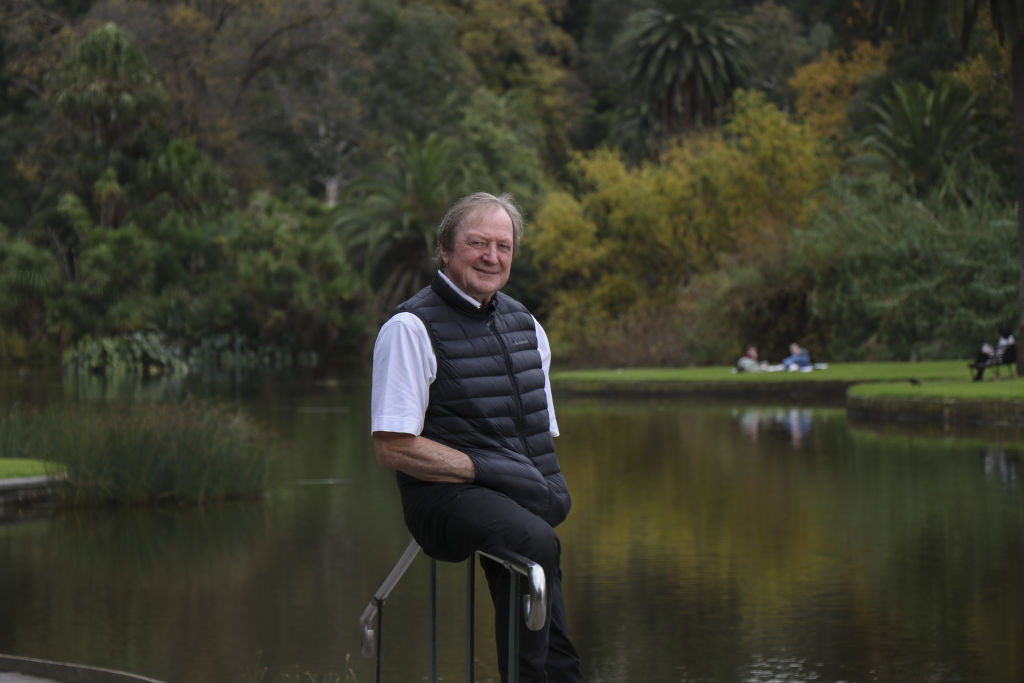
“You don’t get that in a park,” he reflects. “A visit to a museum gives you part of that, but not all; a gallery doesn’t give it to you either. But a botanic garden, when it’s done well, can bring it all together.”
A new book by Melbourne authors Sophie Cunningham and Peter Wilmoth, Wonder: 175 Years of Royal Botanic Gardens Victoria, marks the historic milestone, offering a glimpse into the myriad ways the gardens resonate within their community.
Told through personal reflections and anecdotes – shared by those who have tended garden beds, designed the landscapes, lived next door (in the case of the Governor, Linda Dessau) or simply visited and developed their own connection to the land – the book weaves a gentle narrative capturing the history of a much-loved Melbourne icon.
The storytellers include expert botanist Neville Walsh who shares his delight at discovering a new wattle species and imparts his wisdom about the Victorian Conservation Seedbank, which holds 45 per cent of the state’s plant species to safeguard against extinction. And Robert Field, a private collector since boyhood, whose generous donation of thousands of cacti revived the Arid Garden after vandals destroyed it in 2013.
We hear from leading arborist Charlie Carroll, who, along with his team, is responsible for 6500 trees, including 37 National Trust-registered Significant Trees, and refers to the gardens as a “tree zoo”. Also, Andrew Laidlaw, the gardens’ landscape architect for 24 years, who is passionate about the site’s Indigenous roots.
But it is a history that cannot escape realities. Wemba Wemba-Wergaia man and historian Dean Stewart, who developed the gardens’ popular Aboriginal Heritage Walk program, acknowledges the “great sorrow” and loss of the land for its traditional owners, recalling the stories passed down to him of William Barak and William Buckley.
Alongside stories from scientists and garden enthusiasts are interviews with musicians, artists, historians, political figures and members of the public, including those in the gardens’ merry band of volunteers.
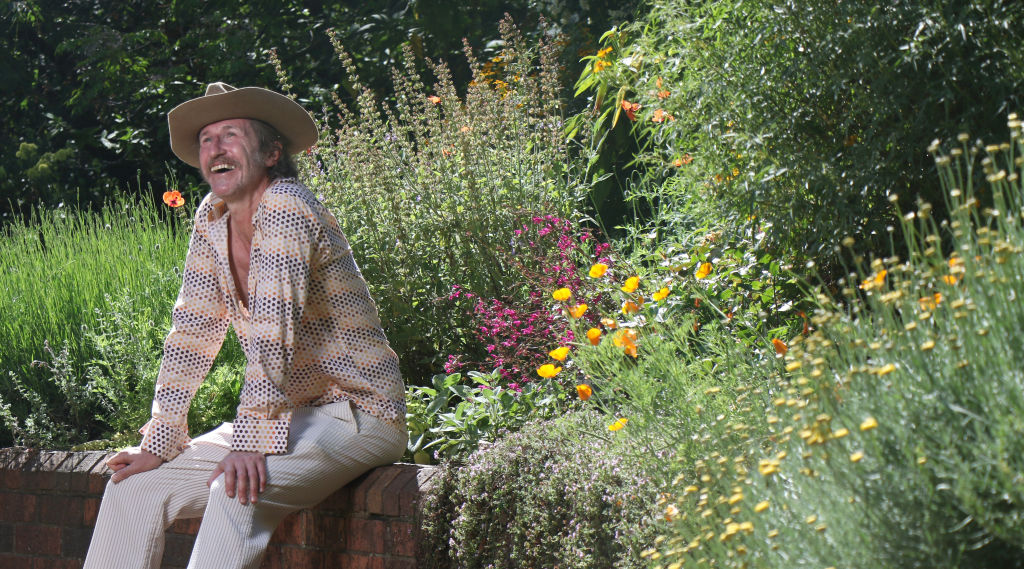
Combining Cunningham’s interest in science and horticulture with Wilmoth’s vast experience profiling key Melbourne figures, the authors began collaborating on the book as the global pandemic was unfolding, which further highlighted the crucial role gardens and nature play in human wellbeing.
It also turned out to be a welcome distraction, says Wilmoth.
“We wrote the book during that long lockdown last year, and it was such a lovely distraction to be writing about something so beautiful at a time that was pretty soulless in the community.”
The experience was itself a kind of reflection of the dreamy escapism the verdant city oasis can provide its visitors.
The gardens design we recognise today, predominantly the work of visionary director William Guilfoyle in the late 19th century, and enhanced by those who followed, including Laidlaw, is captured beautifully by photographer and former picture editor Leigh Henningham at The Age newspaper.
It seems, says Wilmoth, everyone has their own special destination within the grounds.
For Entwisle – who spent formative family time in the gardens as a child while his father attended medical appointments nearby – that special spot is the Oak Lawn.
“It doesn’t matter what season of the year, whether there are leaves on the trees or not, or colour in autumn, it’s very peaceful and relaxing.
“To me, the mix of old trees and the variety [mean that], as a botanist, I can sit there and just enjoy the oaks and their shade. Or I can enjoy them by thinking about where they have come from and what they are.”
Cunningham says the book is aimed at people who love the gardens, “which, I suppose, is a fancy way of saying the general public”.
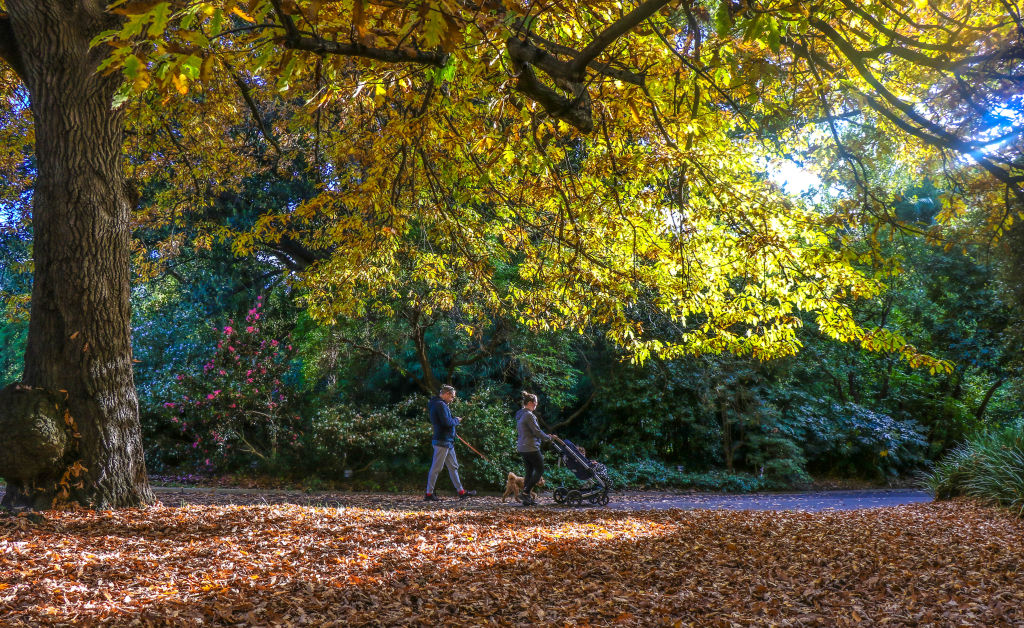
“We wanted to engage with the fact that the gardens aren’t just a place to go, but they are public property, and so people are very invested in the gardens. At the same time, the gardens have a very important scientific conservation history and future.”
In a move that would likely make Entwisle proud, Cunningham, already an avid tree lover, says the process of writing the book opened her eyes all the more to the behind-the-scenes scientific work, programs and collections – stories of the Indigenous history of the land, a banksia collected by Joseph Banks and samples of seaweed from the 1600s, among other treasures.
“People’s relationship with the gardens is the central theme of the book, but I can’t look at the gardens without thinking about trees and water and the exciting and heroic and inspiring work they’re doing to make sure that the gardens will cope with the fairly dramatic changes we can expect in the future,” she shares.
The gardens’ plan to thrive through the coming century is mapped out in its “landscape succession strategy” that will aid the transition of the landscape to one more suited to future climate predictions.
“It made me feel more hopeful about the world seeing how much good work was being done, so rather than thinking about what’s coming and climate change with fear, I began to see it as a time of change and new beginnings.”
When asked how her connection to the gardens had evolved through writing Wonder, Cunningham says with a deeper understanding has come a more tactile relationship.
“I touch the trees more,” she says. “I feel the bark more to find the stories and histories there … And I probably bore people more with nerdy facts than I might have once!”
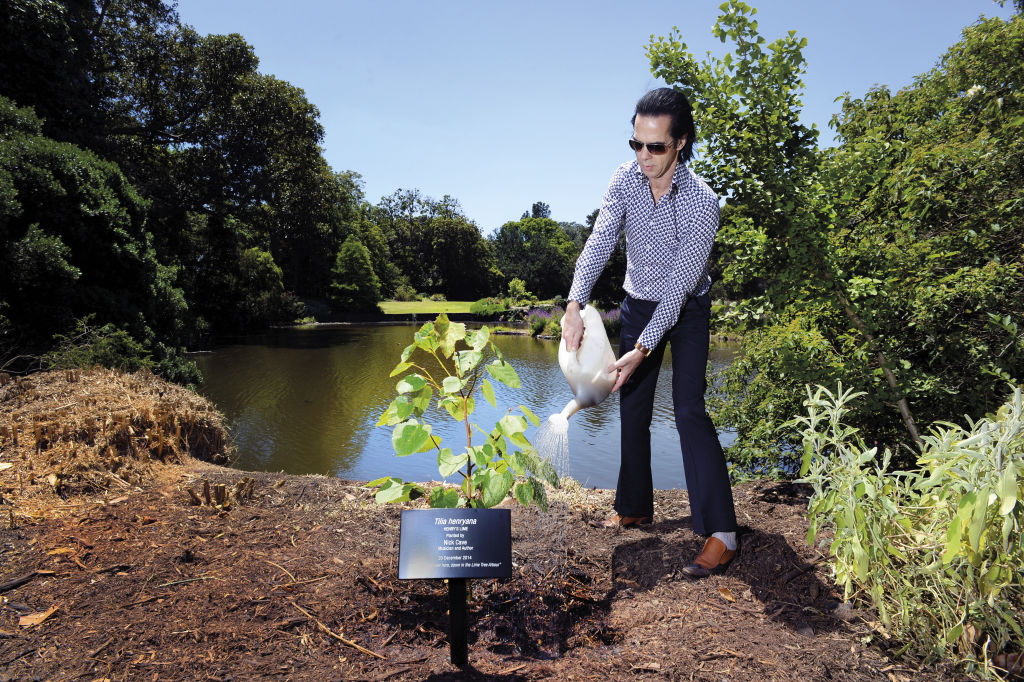
What the gardens mean to Melburnians
Kevin Sheedy, AFL ambassador and premiership player and coach
“I made the gardens my office … It was just a magnificent place to sit and relax and get your clear thinking together and your planning. I seem to do a lot of planning, not only planning at work but planning in my life … I’ve been going there since I was five, and I’m 73 this year.”
Linda Dessau, Governor of Victoria
“One of my first “dates” with my husband [to be] Tony was at the gardens, at Taxodium Lawn, from which, prophetically as it turns out, you could see the tower of Government House.”
Nick Cave, songwriter, performer, film score composer and novelist
“The gardens taught me the art of solitude. They became a portal to a sort of astonishment with the world … There are places of reverence and sanctuary and imagination and absolutely wonderful places for lyric writing … I wrote the first lines of my novel The Death of Bunny Munro on my iPhone in the Melbourne gardens.”
We recommend
We thought you might like
States
Capital Cities
Capital Cities - Rentals
Popular Areas
Allhomes
More
